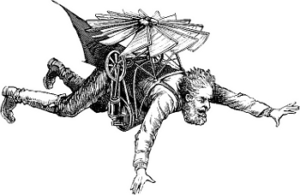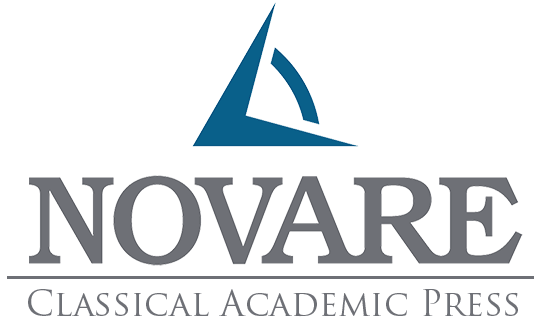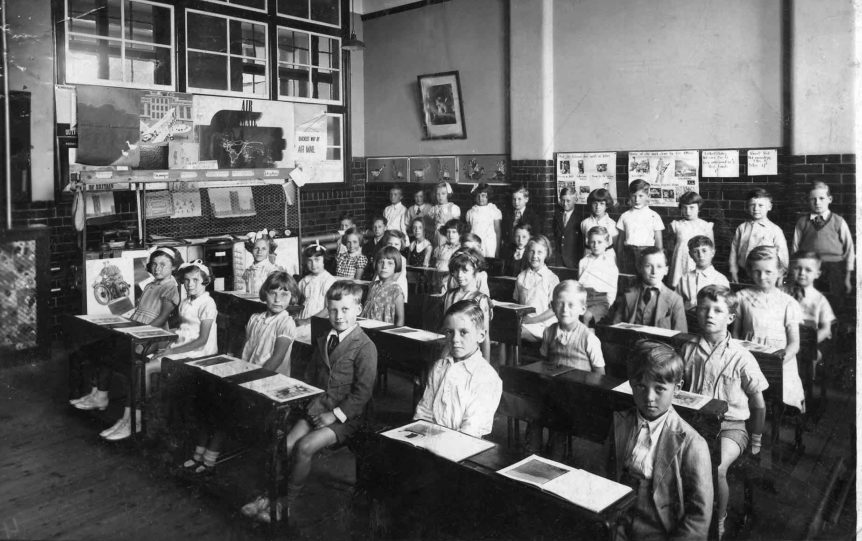Your hang-up is ruining your kid’s science experiments
Let’s face it. Many homeschooling parents (and classroom teachers) are consummate rule followers. After all, stable society is built on rules, right? The rule of law, and so on? Without rules, we descend into beasts. And we exemplify rule following if for no other reason than out of the wish to pass down a stable and orderly life to our children.
Furthermore, there is a kind of safety in rule-following, a haven of security against the raging storms of uncertainty and societal upheaval. If everyone just followed the rules—I can hear my father saying—the world would be so much better.
Rule-following may work for you and your goals for parenting, but when it comes to conducting a science experiment, there is a time for rule-following and a time for submitting to the rota fortunae.
Most science curricula include an experiment manual. Now, the experiment manual contains a list of equipment needed and…rules! A set of steps to follow to obtain the desired outcome. But sometimes fastidious educators can elevate the rules to a level beyond what is helpful.
Take for example lab equipment. I talk to a lot of parents. It is not uncommon to get a phone call with a concern about equipment: we already have a 350mL beaker, do we need to purchase a 200mL? Would a plastic graduated cylinder work or do we have to get Pyrex? The photogate and digital timer you list costs over $200! Do we have to spend that much?
The budget-conscious feel trapped between laying out more than they can afford and breaking the rules. I am quick to grant these parents permission to modify the materials list to accommodate their family budget, or better, to trust themselves to make judgment calls where a reasonable person would judge two items to be functionally equivalent. Yes, a $2 polypropylene graduated cylinder will do instead of $25 Pyrex. A beaker is a beaker: if you were worried it might affect the experiment, you need not worry.
The photogate and timer? We have one experiment in which a hot wheels car is run down a track and you use a photogate to measure the time the car took to travel down the track. It’s a fancy and expensive way to take a measurement. And it’s fascinating to see the electronics work. But there are cheaper methods that can be done with a smartphone video. Worst case, you can use your eyes and a stopwatch. True, your measurements will not be as accurate, but that’s OK…which I will explain in a moment.
Why then does Novare call for such expensive equipment in our materials list if it is not necessary?
We try to design our experiments for any context, that goes for homeschools as well as traditional classrooms. For that reason, our Materials Lists sometimes include less-expensive alternative equipment for those environments without the budget that a large school might have. But where the resources exist to purchase the costly equipment, it expands the students’ experience that much more. Handling a Pyrex graduated cylinder is simply a more interesting tactile experience. Glass is clear allowing a better view, and polypropylene is cloudy white plastic. The photogates are kinda cool and they convey their own educational value and opportunities even without a lesson on photogates, but you can take measurements using other methods.

A triple-beam balance is about 10x the cost of a digital scale, but fiddling with the balance is a richer manipulative experience that stimulates learning beyond the limited parameters of the experiment itself. You have to measure out 32.7 milligrams of sodium chloride, but doing it with a triple-beam balance is almost a fun game in itself.
For college-bound students, this is also important. We don’t want our students to show up in a college lab having never touched proper lab equipment before. This is also why Novare’s experiments usually are not done with yarn and rubber bands and soda volcanos. You may be able to illustrate a principle with household items, but such approaches miss a valuable opportunity to give student’s hands-on experience of a real scientist in a lab, which is difficult to overvalue when it comes to modern science education.
That’s why, when it is manageable and affordable, I encourage as much investment in equipment as one can afford. It only amounts to a fuller experience for the student. But if you can’t afford it, you can’t afford it! Don’t get hung up about that. I know that parents often want to do what they can for their child’s education. But the Materials List can be accommodated as needed in many cases.
Imagining the possibilities for what went wrong is a critically important skill, not just for science but for all of life
But what if the experiment does not produce the expected results? This is the rule-follower’s nightmare. You follow the rules. You get the results, right?
Here is another way in which we can get our students (and ourselves) into the mode of thinking like a scientist. Making mistakes, trial and error, hypothesis and experimentation that does not yield results is quintessentially the experience of real scientists. The goal of a high school science experiment should not be a simple connect-the-dots exercise. How boring! Real scientists get it wrong ten-thousand times before they get it right.

Moreover, students can arguably learn as much from a failed experiment as they can from a successful one. When your solution does not precipitate as it was supposed to, or when your DC circuit voltages don’t match the predicted values, don’t think of it as a failure. It is an opportunity for learning, perhaps more so than with expected results and accurate measurements.
Following a disappointing result, the student should be prompted to analyze the procedure and think about what factors may have affected the expected outcome. The possibilities can be enumerated in the lab report.
Imagining the possibilities for what went wrong is a critically important skill, not just for science but for all of life. And this is really, really hard for kids to do. It forces their minds to think in a way they don’t want to, and that is an important life skill.
Also, reflecting on causes for experimental error queues students to the benefits of precision in all aspects of life. It spurs them to focus, to turn up their powers of observation. The minor sting of a “failure” is an excellent catalyst to such reflection.
Another way of saying all of this is that we should have the overall growth and learning of our students first over everything in our educational environment. Following rules may be important for standing in the lunch line or having a class discussion. But on experiment day, an adventurous, trail-blazing attitude should be encouraged, not only for protecting limited budgets but for letting the experiment have its formative effect on the student.
[ctct form=”6062″]
